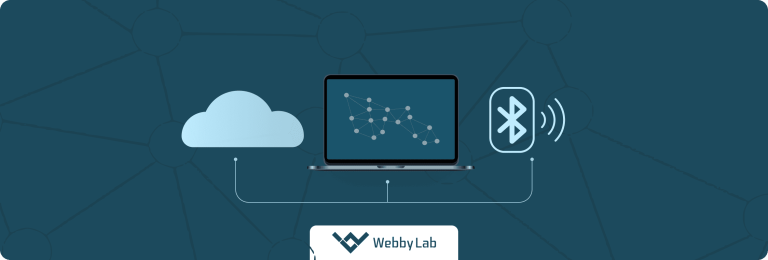Zigbee Protocol in Wireless IoT Networks: Devices and Advantages
Written by:

Kostiantyn Oliynyk
Head of IoT at Webbylab
With a robust academic background in Telecommunication Systems Engineering, I apply my knowledge to lead innovations in the IoT domain. Starting as the first team member in the newly formed IoT department at WebbyLab, I've spearheaded its growth, fostering the expansion into embedded and hardware development alongside our core software projects. My dedication lies in pushing the boundaries of IoT technology, fostering a culture of innovation and excellence that profoundly impacts our clients' operational success.
As we have mentioned in the article, it is based on IEEE 802.15. 4. This is a widely accepted standard that defines the functioning of LR-WPAN.
Zigbee allows the creation of affordable and energy-efficient networks that are easy to scale. Using it, you can create a secure network that consists of a large number of devices.
It’s convenient to use Zigbee technology in IoT solutions for home automation, as devices in such networks don’t need to communicate often. Besides, they are located close to each other. Zigbee allows the creation of power-efficient solutions using battery-powered devices.
When using the Zigbee protocol in IoT networks, you might notice that some devices become invisible in the network. In addition, you might find it challenging to connect devices released by different manufacturers into a single network.












